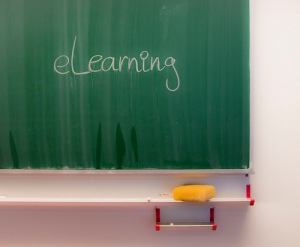The first dimension of virtual learning is of course the institutional dimension. This involves the character and the flexibility of the trainer or other teachers that takes part in the electronic course if there is one. I would ask myself, are the instructors, tutors and as well as the technical staff available during the online sessions? I should know if they hold discussions well despite the big differences in culture and background. I can attest to the fact that most online teachers of today can not handle such circumstance wherein there are racial differences in the students.

e learning development tools
The next is the management and technological dimension. This discusses about the nature and flow of the electronic course itself. Can it the course handle various activities? What tasks can it do and how many students can it accommodate simultaneously? The problem the most students, like me, encounter today is the slow notification from the course. This is partially due to the time differences of the students involved in a session since most programs are assigned to give instruction, examination and key answers at two or three designated time slots only. I know this would also deal with the broad descriptive aspects of the course such as its resources, design and evaluation of the whole subject during the end session.
The pedagogical and ethical dimension deals with the method of teaching and learning applied by the course or the teacher. Does the course provide a clear direction? Am I informed of what I should do at every part of the whole subject they are taking? Would it contribute to my behavior or only the methodical part of learning? The issue with this is that the ethical influence of elearning online is weak, partly to blame for its lack of physical connection on my part. “The monitor is still just a monitor with or without faces in them,” so to speak.
